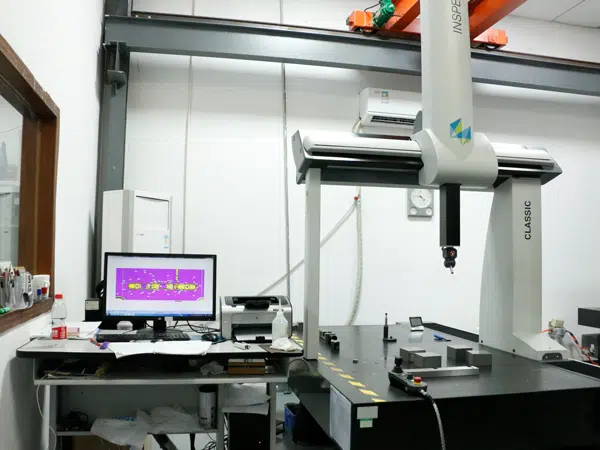
CNC machining stands on the cutting edge of modern manufacturing, enabling the creation of intricate and highly precise components. With its remarkable level of detail, CNC machining is revolutionizing numerous industries, from aerospace and automotive to medical and consumer electronics. By precisely controlling cutting tools, CNC machines can manufacture parts with exceptional dimensional tolerances, intricate geometries, and surface finishes that meet the demanding requirements of contemporary technology.
- Additionally, CNC machining offers unparalleled repeatability, ensuring that components are produced to exacting specifications every time.
- This, manufacturers can rely on CNC machining to create high-quality, reliable products with minimal defects.
Ultimately, precision CNC machining is an essential technology for shaping tomorrow's advancements. Its ability to produce complex parts with exceptional accuracy and consistency makes it an indispensable tool for driving progress across a wide range of industries.
Unlocking Design Freedom with CNC Milling
CNC milling empowers the design process by providing unparalleled precision and flexibility. With its ability to carve intricate geometries from a variety of materials, CNC milling opens a world of possibilities for engineers, designers, and makers alike. From rapid prototyping to high-volume production, CNC milling delivers exceptional accuracy and repeatability, ensuring that every part meets the highest standards.
This technology allows the creation of complex designs that would be impossible to achieve with traditional machining methods. With its wide range of tooling options and cutting strategies, CNC milling can handle a diverse set of tasks, including drilling, tapping, engraving, and 3D modeling.

The versatility of CNC milling makes it an ideal solution for a broad spectrum of industries, from aerospace and automotive to medical and consumer goods. Its ability to personalize designs to specific requirements empowers businesses to innovate and create products that stand out in the marketplace.
Automated Lathe Machining: The Art of Rotational Precision

CNC turning is a sophisticated manufacturing process that utilizes computer-controlled machines to form metal parts by rotating them at high speeds against a cutting tool. This method allows for intricate and complex features to be achieved with exceptional accuracy and repeatability.
The lathe, the heart of CNC turning, is equipped with a variety of fixtures that can cut away material to create desired geometries. Programs, often written in G-code, guide the machine's movements, dictating the speed, depth, and direction of the cutting tool.
From small parts to large structures, CNC turning plays a vital role in sectors such as aerospace, automotive, and medical equipment. Its ability to produce high-quality parts with tight tolerances has made it an indispensable tool for modern manufacturing.
Advanced CNC Programming Techniques
Mastering expert CNC programming techniques is crucial for achieving optimal results in modern manufacturing. These techniques encompass a wide range of strategies and methodologies aimed at maximizing toolpath efficiency, optimizing material removal rates, and ensuring precise component fabrication. Skilled programmers leverage complex G-code structures, specialized directives, and innovative approaches to generate highly accurate and efficient machining programs. By implementing these advanced techniques, manufacturers can significantly improve production efficiency, reduce material waste, and enhance the overall quality of their manufactured products.
- One essential technique is adaptive programming, which allows for dynamic adjustments to machining parameters based on real-time sensor data.
- Another powerful approach involves utilizing virtualization software to predict toolpath behavior and identify potential collisions or interference issues before physical machining commences.
- Interference Prevention strategies are paramount in CNC programming, ensuring the safe operation of the machine and preventing damage to tools or workpieces.
Continuous learning and exploration of innovative CNC programming techniques are essential for staying at the forefront of this rapidly evolving field. By embracing these advanced methodologies, manufacturers can unlock new levels of precision, efficiency, and productivity in their machining operations.
Improving CNC Machining Processes for Efficiency
To achieve peak performance in CNC machining, meticulous optimization of processes is paramount. This entails scrutinizing every aspect, from selecting the right tools and machine settings to workpiece holding and material properties. Implementing best practices such as regular maintenance on CNC machines, utilizing advanced simulation software, and continuously monitoring machining processes can significantly reduce cycle times, improve surface appearances, and ultimately enhance overall effectiveness.
- Implementing a robust quality control system
- Investing in skilled operators
- Improving logistics and organization
The Future of Manufacturing: CNC Automation
The manufacturing sector continues to evolve rapidly, driven by the need for increased efficiency, precision, and productivity. A key trend shaping this evolution is the adoption of Computer Numerical Control (CNC) automation. CNC machines deliver unparalleled accuracy and repeatability, enabling manufacturers to create complex parts with remarkable consistency. As technology advances, CNC automation has become even more sophisticated, incorporating capabilities such as 3D printing and robotics. This convergence of technologies presents to transform the future of manufacturing by automating complex processes and enabling new levels of efficiency and customization.
Choosing CNC Machined Materials

Dive into the realm of CNC machining and discover the expansive variety of materials that can be transformed by this precise manufacturing process. From robust steel like aluminum, titanium, and stainless iron , to versatile plastics such as ABS, polycarbonate, and acrylic, CNC machining offers a wide palette for fabrication. This comprehensive guide explores the attributes of common CNC machining materials, helping you select the optimal choice for your project's needs .
- Understand the unique properties of each material type.
- Discover the ideal applications for various CNC machining materials.
- Select informed decisions based on factors like strength, durability, and finish .
Whether you're crafting intricate prototypes or producing large-scale parts , understanding the nuances of CNC machining materials is essential for achieving optimal results.
Understanding G-Code: The Language of CNC Machines

G-code serves as the fundamental blueprint utilized by Computer Numerical Control (CNC) tools. This textual code provides precise specifications to guide the movements of CNC parts, enabling the creation of intricate products with exceptional accuracy.
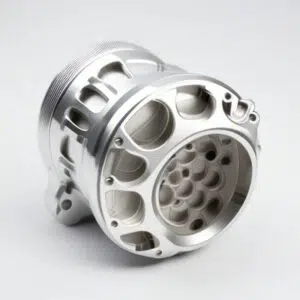
Each line of G-code represents a set of directives that dictate the orientation of the CNC head, its rate, and other parameters. CNC programmers develop these G-code programs, carefully defining every step required to transform raw materials into the desired product.

The flexibility of G-code facilitates CNC machines to produce a diverse variety of objects, from simple parts to complex structures.

Understanding the fundamentals of G-code is therefore vital CNC machining for anyone involved in the field of CNC machining.
Troubleshooting Common CNC Machining Issues
CNC machining can pose a wide array of challenges for even the most experienced operators. One common difficulty is tool wear, which can lead to inaccurate cuts and surface finish imperfections. For address this, it's crucial to periodically inspect tools for signs of damage and substitute them as needed.
Another frequent concern is chatter, a high-frequency vibration that can impact the quality of your workpiece. Chatter commonly occurs when the cutting parameters are not adjusted properly. To reduce chatter, try augmenting the feed rate or adjusting the depth of cut.

Some other common CNC machining problems include:
* Incorrect G-code programming
* Inadequate clamping techniques
* Material defects
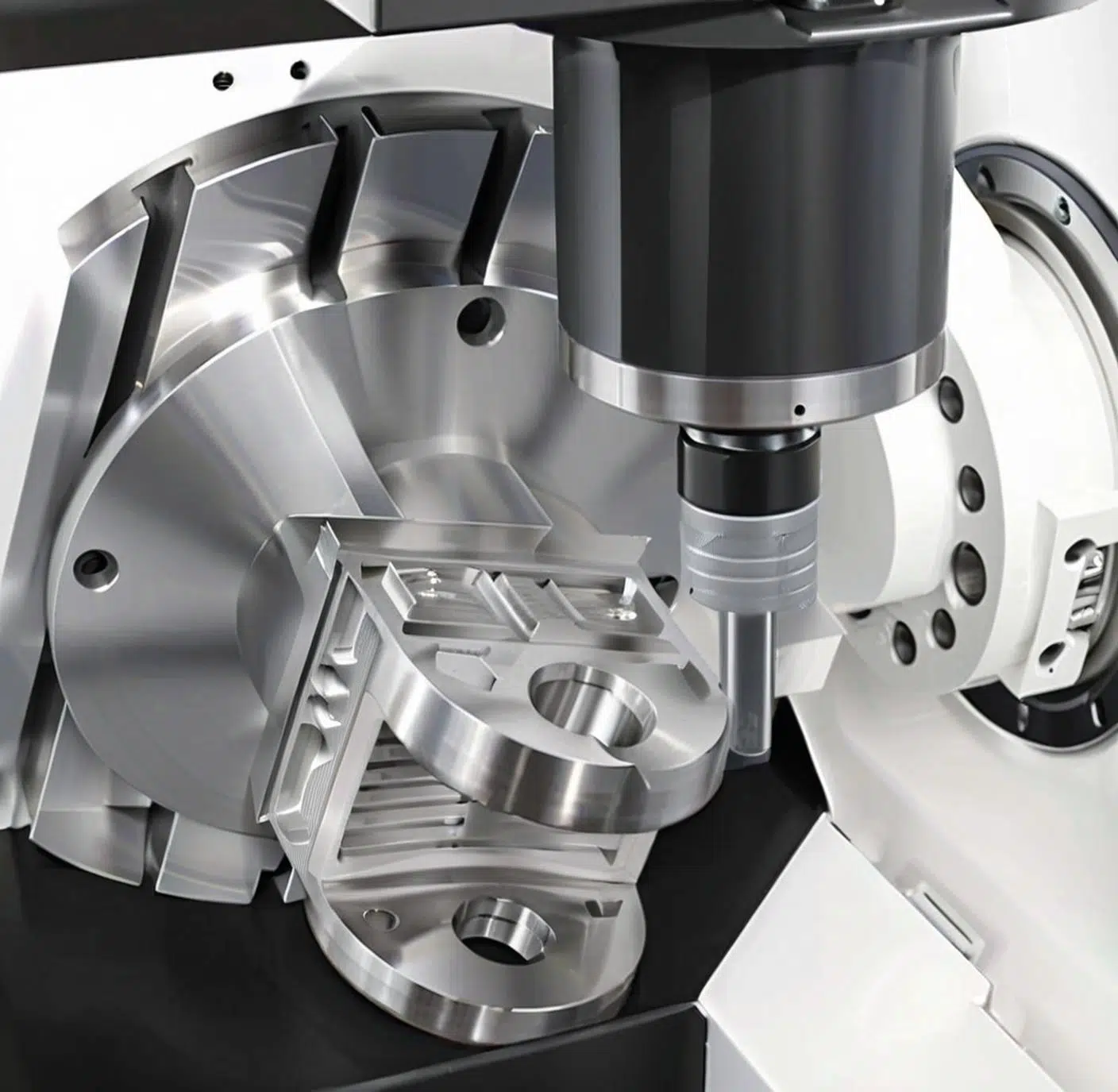
Proper troubleshooting and maintenance can help you overcome these challenges and achieve optimal CNC machining results.
Rapid Fabrication for Optimized Designs
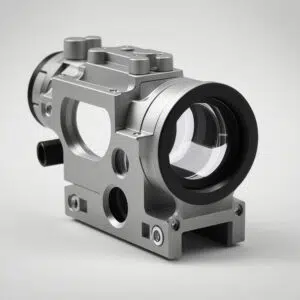
In today's fast-paced industry, the ability to rapidly iterate designs is paramount. CNC prototyping provides a powerful solution, enabling designers and engineers to quickly produce physical models based on their latest concepts. This rapid iteration process allows for quick testing, leading to faster product development cycles and ultimately, more successful results.
- Advantages of CNC prototyping include:
- Precise accuracy and repeatability, ensuring that prototypes closely reflect the final design.
- Rapid turnaround times, allowing for frequent iterations and testing.
- Economical compared to traditional manufacturing methods, especially for low-volume production runs.

High-Speed Machining with CNC: Pushing the Limits
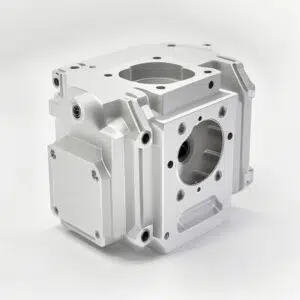
High-speed machining utilizes CNC technology to achieve remarkable speeds of material removal. This process permits manufacturers to produce intricate components with exceptional precision and efficiency. By employing high-speed cutting tools and optimized machining parameters, complex geometries can be created with minimal tool wear and heat generation. The result is a substantial increase in productivity while maintaining the highest quality of surface finish.
- Furthermore, high-speed machining reduces cycle times, enabling faster turnaround and increased production output.
- As a result, manufacturers can satisfy the growing demands of industries such as aerospace, automotive, and electronics, where rapid prototyping and production are vital.
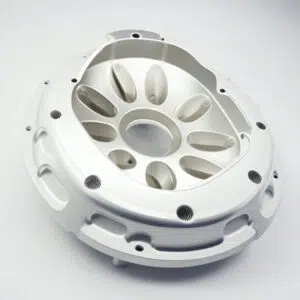
CNC Machining: Achieving Surface Perfection
In the realm of CNC machining, achieving optimal surface finish and accuracy is essential for ensuring product quality and functionality. The meticulous control exerted by computer numerical control (CNC) machines allows CNC machining for precise material removal and manipulation, resulting in surfaces that meet stringent specifications.
Multiple factors influence the final surface finish achieved through CNC machining, including cutting tool selection, feed rates, spindle speeds, work material characteristics, and machine calibration. Implementing appropriate cutting strategies and optimizing these parameters can significantly enhance surface roughness, smoothness, and dimensional accuracy.
- Achieving a high level of surface finish is typically measured in terms of surface roughness (Ra), which quantifies the deviation from an ideal smooth surface. Lower Ra values indicate smoother surfaces, while higher values reflect increased surface irregularities.
- CNC machines are capable of producing a wide range of surface finishes, spanning highly polished to rough textures depending on the desired application and material being machined.
- Exact machining requires meticulous attention to detail throughout the entire process. This includes ensuring proper tooling alignment, workpiece clamping, and consistent machine operation to minimize errors and achieve precise dimensional tolerances.
By mastering the intricacies of surface finish and accuracy in CNC machining, manufacturers can produce components that meet the demands of various industries, covering from aerospace and automotive to medical and electronics.
Seamless CAD/CAM Fusion
In the realm of modern manufacturing, optimizing for CNC production has become paramount. This is where the synergy between Computer-Aided Design (CAD) and Computer-Aided Manufacturing (CAM) emerges as a game-changer. By seamlessly integrating these two powerful technologies, manufacturers can achieve unprecedented levels of precision, productivity, and budget control.
- Design platforms
- generate detailed digital models that serve as the blueprint for CNC machining.
- CNC controllers
- interpret these CAD designs into precise instructions for CNC machines to execute.
This direct data exchange minimizes the need for manual intervention, thus improving precision. Furthermore, CAD/CAM integration facilitates real-time updates, allowing manufacturers to respond efficiently to evolving customer demands or production requirements.
From Blueprint to Finished Part: The CNC Journey A Fascinating Look at How CNC Machining Works
A CNC machining process is a sophisticated blend of technological innovation and precision engineering. It begins with a CAD model, meticulously crafted by designers who envision the final product. This virtual representation serves as a template for the CNC machine, which interprets the instructions encoded within it.
The machine's powerful rotating tool cuts into a block of raw material, removing excess material with remarkable accuracy. Each operation is precisely controlled by the CNC program, ensuring that the final part meets the original design specifications.
The journey from blueprint to finished part is a testament to the power of technology. CNC machining has revolutionized manufacturing, enabling the creation of complex and intricate parts with unparalleled precision and efficiency.
The Role of CNC Machining in Industry 4.0
Industry 4.0 is characterized by the integration of physical and digital worlds, leading to a paradigm shift in manufacturing processes. Core to this transformation is CNC machining, which has evolved into a highly automated and intelligent technology. With its ability to achieve precise manufacturing, CNC machining plays a essential role in enabling the benefits of Industry 4.0.
CNC machines are increasingly equipped with sensors and software that allow for real-time data acquisition. This data can be used to optimize machine performance, predict servicing needs, and improve product quality. Moreover, the integration of CNC machining with other Industry 4.0 technologies, such as cloud computing and artificial intelligence, unlocks further potential for increased efficiency, flexibility, and customization.
- Moreover, the rise of additive manufacturing complements traditional CNC machining, allowing for complex geometries and on-demand production.
- This synergy of technologies empowers manufacturers to respond to evolving market demands with agility and precision.
Precision CNC Machined Components: Solutions
In today's dynamic manufacturing landscape, achieving precise and robust components is paramount. This requirement has fueled the rise of custom CNC machined components as a versatile solution for a wide variety of industries. From aerospace to automotive, medical equipment and beyond, custom CNC machining allows manufacturers to create parts with remarkable accuracy and precision.
Leveraging the power of computer-aided design (CAD) and computerized numerical control (CNC), skilled machinists can shape raw materials into intricate components that meet specific requirements. This technique offers numerous advantages, including optimized performance, improved durability, and the ability to incorporate complex geometries.
- Moreover, custom CNC machining allows for small-batch production, making it an ideal choice for prototyping, low-volume manufacturing, and specialized applications.
- Choosing a reputable CNC machining provider with experience in your sector is crucial to provide the highest level of components.
Ultimately, custom CNC machined components provide engineers with a effective tool for driving innovation and fulfilling the ever-evolving demands of modern manufacturing.
Choosing the Correct CNC Machine
Acquiring the suitable CNC machine